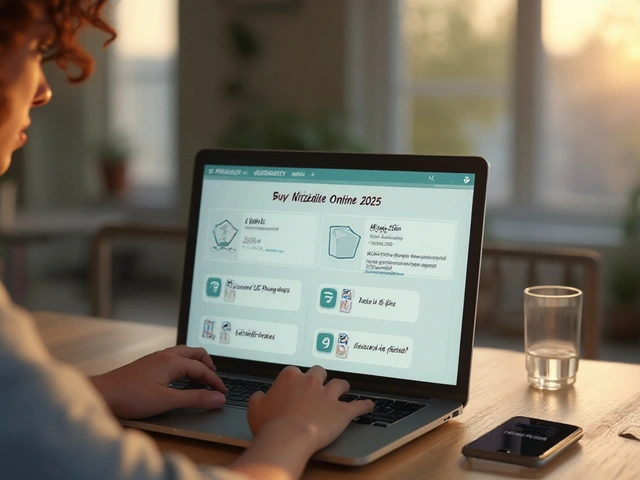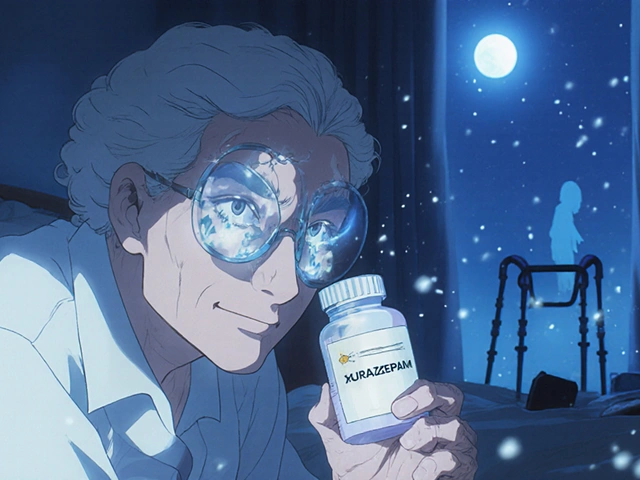Endometriosis: What It Is and How It Affects You
Endometriosis happens when tissue that normally lines the uterus grows outside it. This misplaced tissue still bleeds each cycle, but it has nowhere to exit, so it creates inflammation, scar tissue, and pain. Most people notice it in their 20s or 30s, but it can start earlier. The condition doesn’t just cause cramps – it can lead to heavy periods, pain during sex, chronic pelvic ache, and even trouble getting pregnant.
Spotting the Signs Early
Think you might have endometriosis? Look for these red flags: periods that last longer than a week, pain that starts before your period and sticks around afterward, painful bowel movements or urination during your cycle, and infertility without an obvious cause. The pain can feel like a dull ache or sharp stabbing, and it often gets worse after sex or intense exercise. If any of these sound familiar, a visit to your GP or a specialist is the next step.
Managing Pain and Improving Fertility
There are several ways to keep symptoms under control. Over‑the‑counter NSAIDs such as ibuprofen can cut down inflammation and give short‑term relief. Hormonal birth control pills, patches, or intrauterine devices thin the uterine lining and lessen bleeding, which helps reduce the growth of endometrial tissue. For more stubborn cases, doctors may prescribe GnRH agonists that temporarily put you into menopause‑like state, slowing tissue growth.
If you’re trying to conceive, surgery to remove the extra tissue can boost your chances, especially when the disease is limited to the ovaries or pelvis. Laparoscopic excision is the gold‑standard method – it’s minimally invasive and lets the surgeon see and cut out the lesions. After surgery, fertility treatments such as IVF may be recommended if natural conception remains difficult.
Living with endometriosis also means paying attention to lifestyle. Regular low‑impact exercise, a balanced diet rich in omega‑3 fatty acids, and stress‑relief techniques like yoga or meditation can make a noticeable difference. Track your symptoms in a diary; noting when pain spikes or eases can help you and your doctor fine‑tune treatment.
Bottom line: endometriosis is a chronic condition, but you don’t have to suffer in silence. Early detection, a mix of medication, possible surgery, and healthy habits can bring relief and improve your quality of life. Talk to a health professional as soon as you suspect something’s off – the sooner you act, the more options you’ll have.
Managing Endometriosis: Stress, Symptoms, and Real-World Tips
Explore the connection between endometriosis and stress, discover real-life management tips, and learn how to lessen daily pain through proven strategies.






